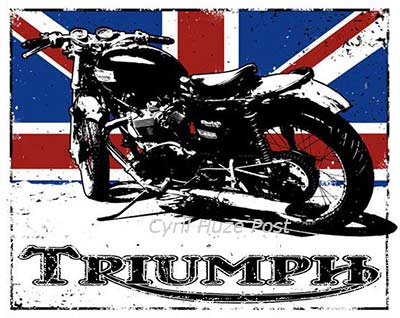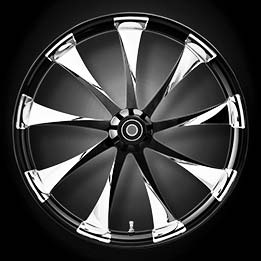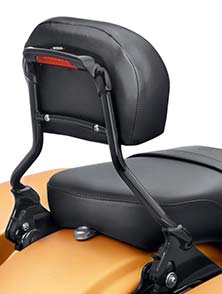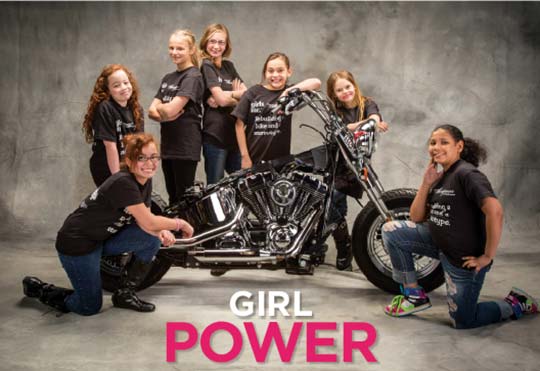 Greg Brew is the Head Director Of Industrial Design at Polaris Industries inc., and as such, is overseeing all designs for all products the company is making. With his talented team he is the man who designs the Victory motorcycles and just created the all-new Indian Chief. He is also a very passionate motorcyclist who, after-hours, enjoy building his own custom motorcycles (watch the video at end of feature). In an exclusive interview, Greg Brew answers my questions and reveals the creative process that led to the conception and production of the first Indian model by Polaris.
Greg Brew is the Head Director Of Industrial Design at Polaris Industries inc., and as such, is overseeing all designs for all products the company is making. With his talented team he is the man who designs the Victory motorcycles and just created the all-new Indian Chief. He is also a very passionate motorcyclist who, after-hours, enjoy building his own custom motorcycles (watch the video at end of feature). In an exclusive interview, Greg Brew answers my questions and reveals the creative process that led to the conception and production of the first Indian model by Polaris.
Cyril. Polaris acquired Indian from Stellican (Indian Motorcycle of Kings Mountain) in April of 2011. Do you remember when your learned about it, who told you, what were your first reactions?
Greg. I heard about it in-line at the cafeteria from Scott Wine, our CEO, when we were considering buying it. Initially I was skeptical about how it would fit together with Victory and whether we could support such a campaign with 2 brands. That was mostly because I didn’t understand how much effort and money Scott was going to commit to the cause. It quickly became a beautiful thing once I saw we were going “all in”. After that I was just concerned whether I could pull it off.

Cyril. When was your first creative meeting regarding Indian? What was said about what would be your assignment? What was your time frame?
Greg. The first real “Indian meeting” was organized off-site in a hotel between our Medina and Wyoming facilities. We had all parties at the table, marketing, product management, engineering, design. We hammered out the basic outline for what became the Chief. It was there that I gave an engine presentation and brand presentation that set out what we wanted to do for the first design. We also did a drawing of the motor on a big piece of paper that described the V angle, the head proportions, push-rod tubes, exhaust placement, right side drive. Wish I could find it now… We did a bit of work before that, early on, looking at different ways we could get to a bike quickly. There were many ideas about re-use of Victory components and how it would speed the development process and reduce costs. That off-site meeting is where we really decided that it would not be right to do anything other than a stand-alone bike that was purely Indian.
Cyril. Tell us about the process by which Polaris concluded to go first the Indian Chief route, not the Scout, not the Indian Four or other platforms? Did you belong to this decision making process? What are the marketing rationales for such a decision?
Greg. God those were fun discussions. At the beginning there were many different opinions and options, everything was open as far as possibilities. As you know there are lots of really smart guys at Polaris Industries, Inc. that know tons about bikes. I learned a lot. Plus we can build anything you want as far as powertrain, frame material, whatever. It was a time of open possibilities, big discussions, debates, campaigning behind the scenes. We had a huge discussion at our dealer meeting in Las Vegas. The whole team was there. We talked about an Indian 4, about a V-twin, about the American motorcycle. We had a few beers in us so it was pretty animated. It was very Polaris. It felt to most of us that the best path to acceptance was to do a Chief first as a v-twin.
Cyril. Can you summarize the first creative briefing you received to conceive the all-new Indian Chief?
Greg. I’d have to say that it was more a series of confirmations rather than a standard brief. I built a proportion study bike to nail down the overall size. I wanted something I was calling “majestic but manageable”, I felt the King’s Mountain bike at a 68” wheelbase was too long and that the bike felt too tall and top-heavy as well. I wanted a lower, more horizontal feel much like the historic bikes, and something where you wouldn’t feel like you were taking your life in your own hands if you had to get gas in a gravel parking lot. But I still wanted it to be impressive, one thing the size did for the KM bike was to wow people. I still wanted that. We also knew that it needed to be “historically informed.” It needed to recall a Chief. It needed to show we understood what was important to the brand, that we knew what to do with it. I also mentioned above the presentation I did for the engine. It can’t be stressed enough how important it is to get the damn motor right. If that doesn’t work then all bets are off.

Cyril. Please, describe your creative team, number of people, responsibilities and how you managed the creative process.
Greg. There’s a bigger team to do all of Polaris’s products but for bikes it’s a small team. We mixed it up a bit by bringing in one outside consultant to compete as well. All the creative team reports directly to me and since I’m busy and distracted most of the time they’re all very self-sufficient. We do a lot of group critics to refine the 2-D designs, we all vote on which ones are best (you can’t vote on your own work) to down-select to the final design. They’re an amazing team, I fear one day people will see how little I actually do and get rid of me! Once we’re into the clay modeling the process is si
milar but with less people involved. There’s only one full-size model with one designer, plus a team of clay modelers. we still do reviews with the whole group and you’re working a lot with engineering by the time you’re in full-scale. Depending on how far off-base I think the design may be going I spend time with the designers. If I’m not around much, you’re doing good. If I am, you might be missing something. The work we do is never easy, most of the stuff Polaris makes leads the industry so everything gets attention.
Cyril. Was the creative process any different from the one you usually use for the elaboration of new Victory models? If yes, why?
Greg. No, our process is pretty well understood. We follow the same steps no matter whether it’s a Snowmobile or a Ranger. Continue reading ‘Exclusive Interview. How The New Indian Chief Was Created By Greg Brew, Polaris Head Director Of Industrial Design.’

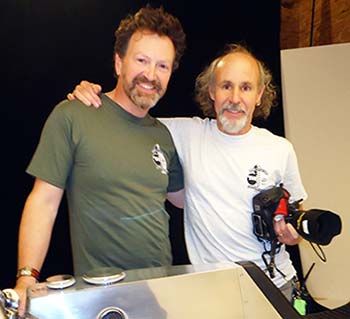
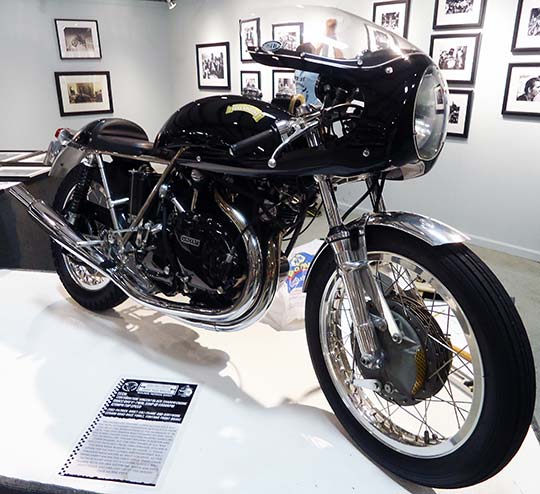 An exhibition focusing on the origins of the Cafe Racer movement is certain to draw huge crowds. Especially it is organized by internationally renown photographer Michael Lichter. Mike’s 2013 Sturgis Buffalo Chip exhibition to celebrate motorcycles as art is called “Ton Up – Speed, Style and Cafe Racer Culture.” Co-curators Michael Lichter and historian Paul d’Orléans have assembled a comprehensive display of 35 machines from 12 makes and 6 decades. Included in the show are original or modified machines by BMW, BSA, Ducati, Honda, Harley Davidson, Moto Guzzi, Norton, Rickman, Triumph, Vincent and Yamaha.
An exhibition focusing on the origins of the Cafe Racer movement is certain to draw huge crowds. Especially it is organized by internationally renown photographer Michael Lichter. Mike’s 2013 Sturgis Buffalo Chip exhibition to celebrate motorcycles as art is called “Ton Up – Speed, Style and Cafe Racer Culture.” Co-curators Michael Lichter and historian Paul d’Orléans have assembled a comprehensive display of 35 machines from 12 makes and 6 decades. Included in the show are original or modified machines by BMW, BSA, Ducati, Honda, Harley Davidson, Moto Guzzi, Norton, Rickman, Triumph, Vincent and Yamaha.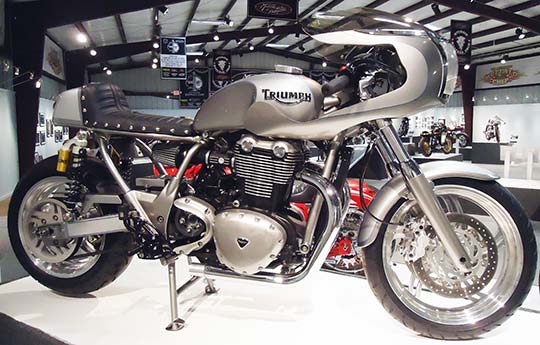
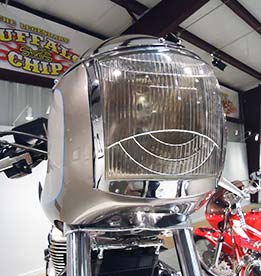
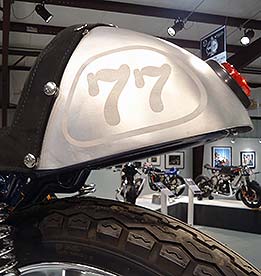 Each year, the “Motorcycles as Art” exhibition garners tremendous media coverage from around the globe and last Sunday 4th, a record breaking of over 1000 members of the industry attended a media reception offered by Michael, Paul and their sponsors – Hot Leathers and Keyboard Motorcycle Shipping. This not-to-be missed exhibition is now open for the public to view free of charge until Saturday August 10th at the legendary Sturgis Buffalo Chip.
Each year, the “Motorcycles as Art” exhibition garners tremendous media coverage from around the globe and last Sunday 4th, a record breaking of over 1000 members of the industry attended a media reception offered by Michael, Paul and their sponsors – Hot Leathers and Keyboard Motorcycle Shipping. This not-to-be missed exhibition is now open for the public to view free of charge until Saturday August 10th at the legendary Sturgis Buffalo Chip.
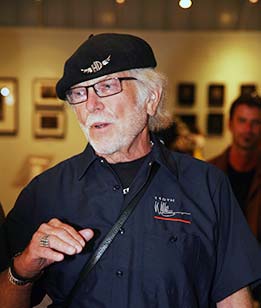
 This year’s exhibition will get even more recognition as it will live on in the coffee-table book “Ton Up – Speed, Style and Cafe Racer Culture,” published by Motorbooks International. Michael Lichter will photograph all the motorcycles in his Sturgis studio for the book, which will also include the jackets, artwork, and photographs from the exhibit. Paul d’Orléans’ is writing a comprehensive history of the Café Racer movement for the book; from its deep origins in speed-modified road bikes from the ‘Teens, to the ‘classic’ period in England in the 1950s/60s, through its various resurrections in the 1970s, 80s, and especially, with the advent of Internet motorcycle blogs, TV shows, and ‘Café Racer’ magazines, the explosive popularity of the style in the 21st Century. Continue reading ‘Ton-Up Exhibition. Speed, Style And Cafe Racer Culture Exhibition At The Sturgis Buffalo Chip’
This year’s exhibition will get even more recognition as it will live on in the coffee-table book “Ton Up – Speed, Style and Cafe Racer Culture,” published by Motorbooks International. Michael Lichter will photograph all the motorcycles in his Sturgis studio for the book, which will also include the jackets, artwork, and photographs from the exhibit. Paul d’Orléans’ is writing a comprehensive history of the Café Racer movement for the book; from its deep origins in speed-modified road bikes from the ‘Teens, to the ‘classic’ period in England in the 1950s/60s, through its various resurrections in the 1970s, 80s, and especially, with the advent of Internet motorcycle blogs, TV shows, and ‘Café Racer’ magazines, the explosive popularity of the style in the 21st Century. Continue reading ‘Ton-Up Exhibition. Speed, Style And Cafe Racer Culture Exhibition At The Sturgis Buffalo Chip’


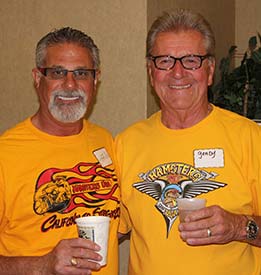




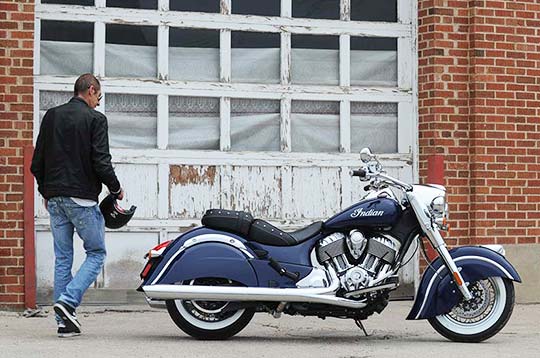
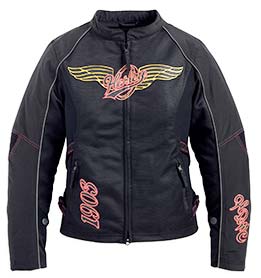
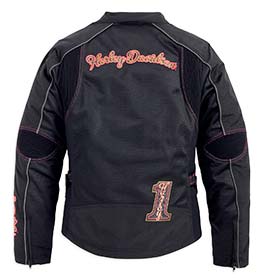




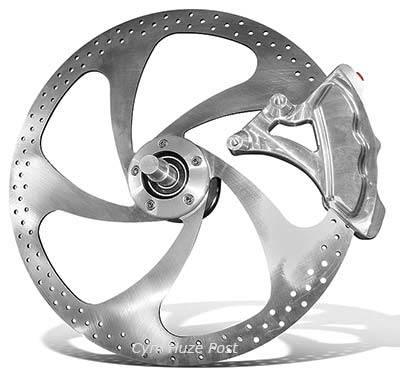

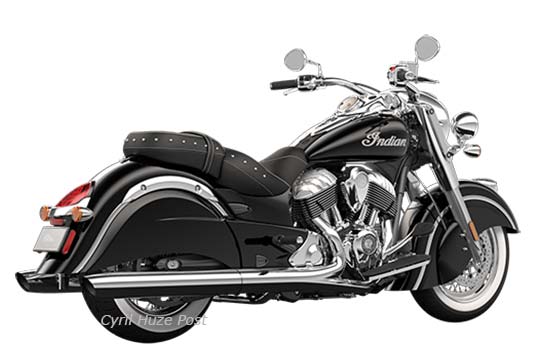



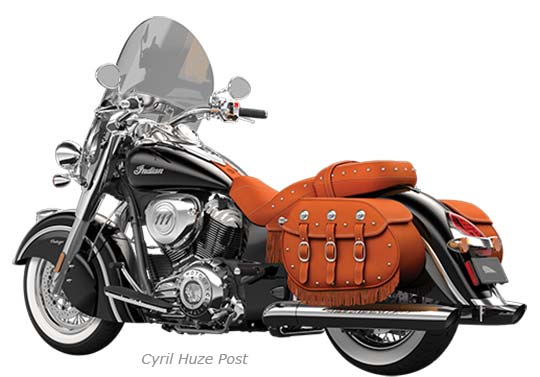

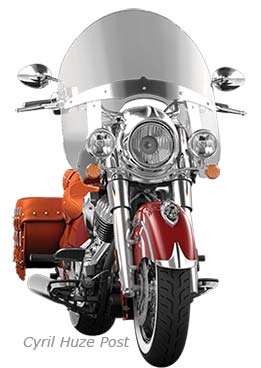



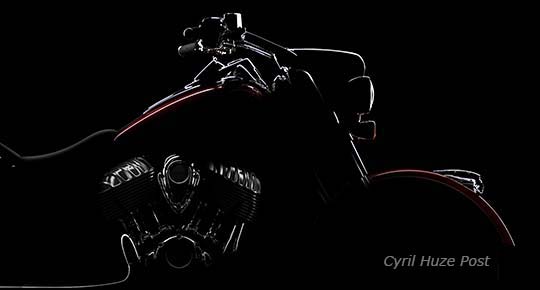



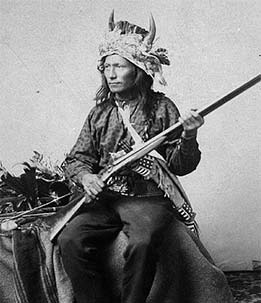


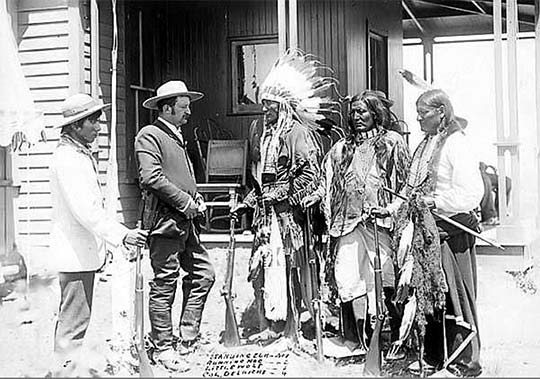


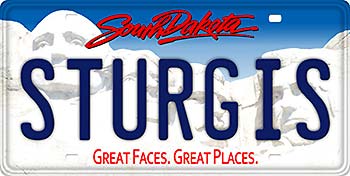

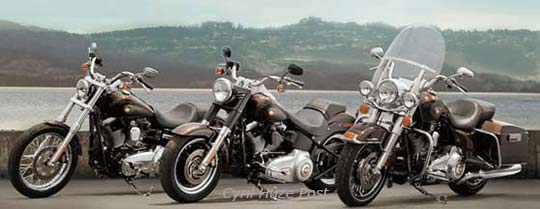
 In just 30 days, Harley’s 110th anniversary festivities in Milwaukee. To celebrate, and of course to get rid of the 2013 models before the arrival of the 2014-year lineup, Harley-Davidson Financial Services is offering rates as low as 2.99 percent APR*.
In just 30 days, Harley’s 110th anniversary festivities in Milwaukee. To celebrate, and of course to get rid of the 2013 models before the arrival of the 2014-year lineup, Harley-Davidson Financial Services is offering rates as low as 2.99 percent APR*. 

